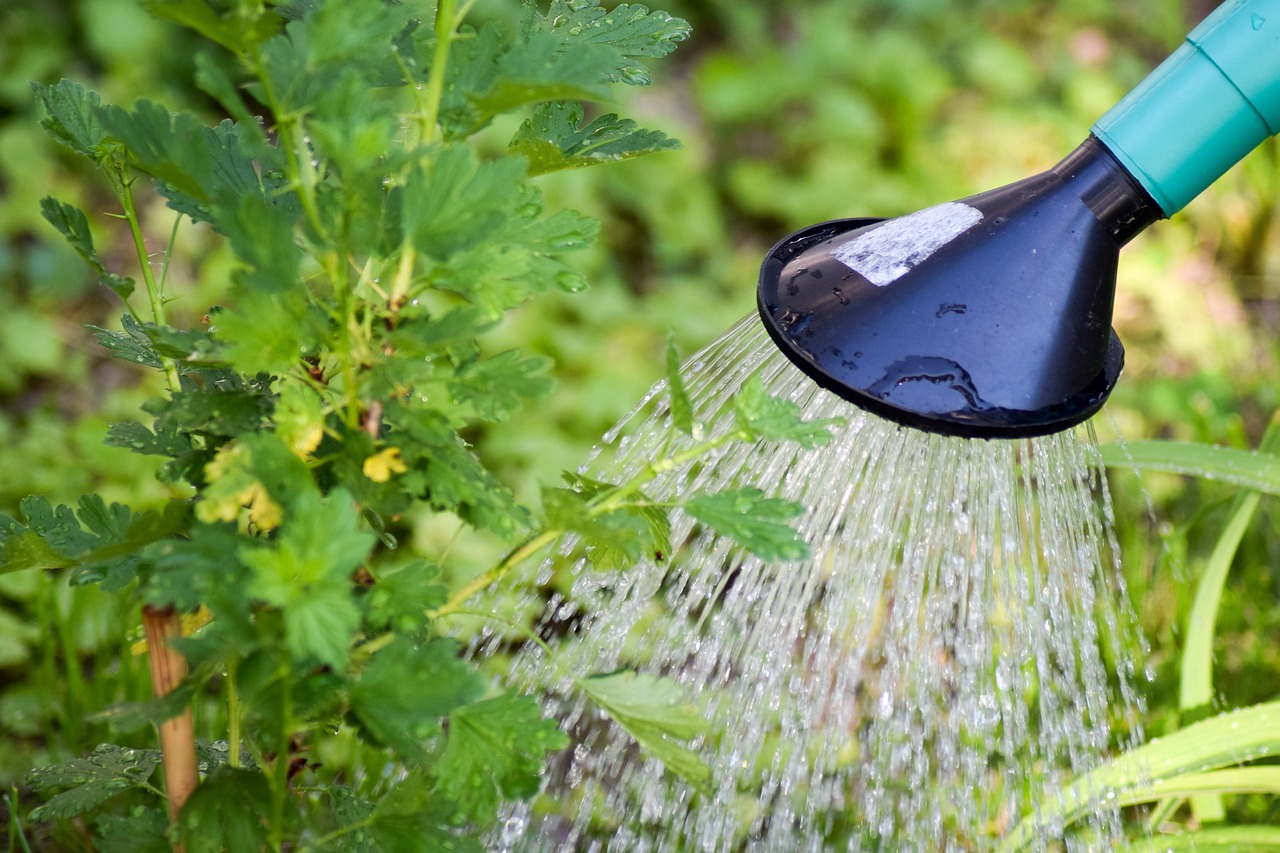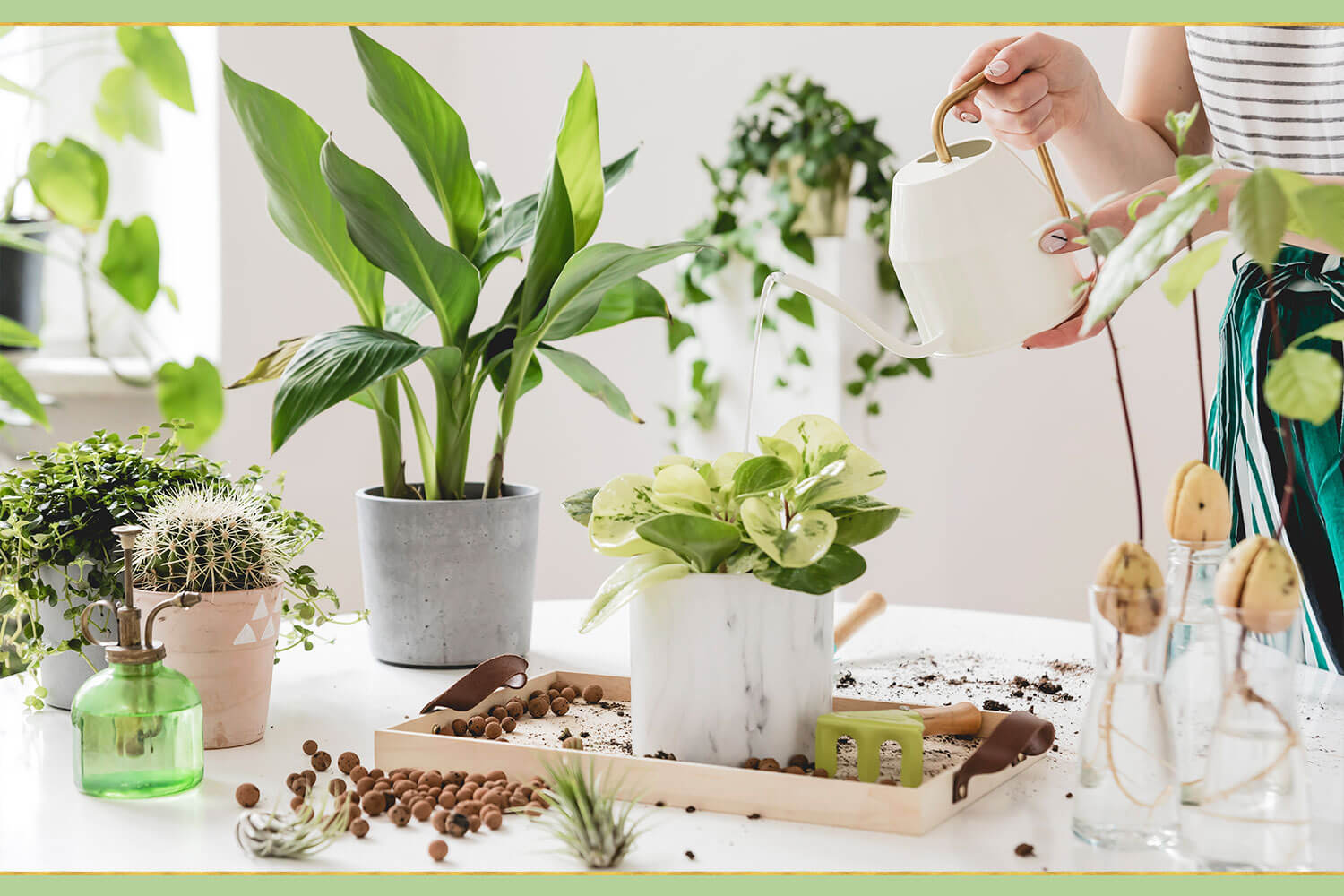Green Thumb Guide: 7 Essential Ways to Care for Your Plants
Plants not only beautify our surroundings but also provide a sense of calm and freshness to any space. Whether you’re a seasoned gardener or just starting out, mastering the art of plant care is essential for maintaining healthy and thriving greenery. Here are seven essential tips to help you become a pro at nurturing your plants.
1. Understanding Your Plants’ Needs
Just like people, different plants have different needs. Before bringing a new plant home, research its specific requirements for sunlight, water, and soil. Some plants thrive in bright, indirect light, while others prefer shade. Understanding these preferences is crucial for providing the optimal growing conditions.
2. Water Wisely
Watering is perhaps the most critical aspect of plant care. Overwatering can lead to root rot, while underwatering can cause dehydration and wilting. Find the right balance by checking the soil moisture regularly. Stick your finger into the soil; if it feels dry an inch below the surface, it’s time to water. However, ensure proper drainage to prevent waterlogging, especially for potted plants.
3. Provide Adequate Sunlight
Sunlight is the primary source of energy for plants through photosynthesis. Position your plants where they can receive the right amount of sunlight according to their needs. Monitor how much sunlight your indoor plants get and adjust their placement accordingly. If natural light is limited, consider using artificial grow lights to supplement.
4. Maintain Proper Humidity
Humidity levels can significantly impact plant health, especially for tropical species. In dry climates or during winter when indoor heating reduces moisture levels, consider using a humidifier or pebble tray to increase humidity around your plants. Misting the leaves occasionally can also help, but be cautious not to overdo it, as excessive moisture can invite pests and diseases.
5. Fertilize Regularly
Plants need nutrients to grow and flourish, and soil alone may not always provide an adequate supply. Fertilize your plants regularly during the growing season with a balanced fertilizer suited to their needs. However, avoid overfertilizing, as this can burn the roots and cause more harm than good. Follow the instructions on the fertilizer package or consult with a gardening expert for guidance.
6. Prune and Trim
Pruning is essential for promoting healthy growth and maintaining the shape of your plants. Remove dead or yellowing leaves, as they can harbor pests and diseases. Trim overgrown branches to encourage new growth and improve air circulation. Additionally, pruning helps to prevent overcrowding, allowing each plant to access sufficient light and nutrients.
7. Monitor for Pests and Diseases
Keep a close eye on your plants for any signs of pests or diseases. Common pests include aphids, spider mites, and mealybugs, while fungal diseases like powdery mildew can also occur. Inspect your plants regularly, especially the undersides of leaves where pests often hide. If you notice any issues, take prompt action to prevent them from spreading. Consider using organic pest control methods whenever possible to minimize harm to beneficial insects and the environment.





